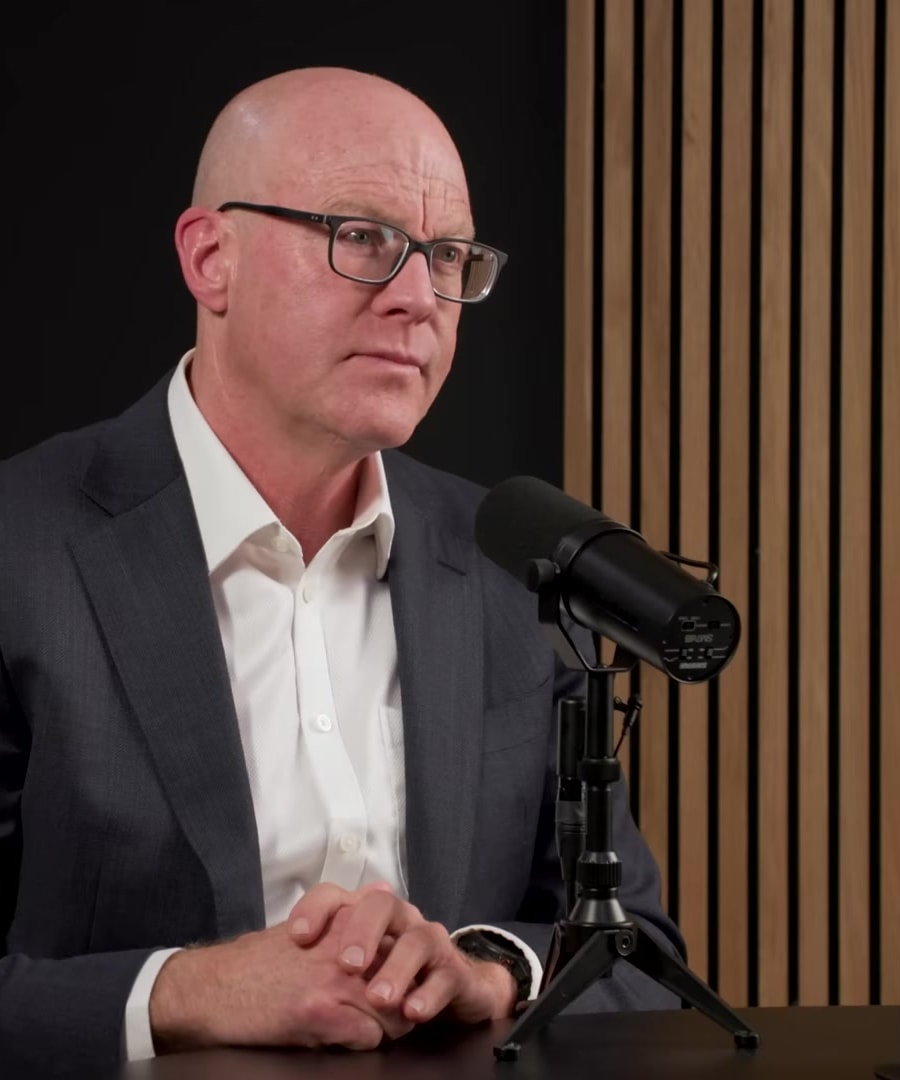Pain
Sources:
Pain management and understanding pain are discussed extensively on the . Here are some key insights:
-
The Nature of Pain:
- Pain originates from interactions between the brain and body. Both physical and emotional pain are linked, and altering one's perception of one can affect the other. Chronic pain can result from changes in the nervous system 1.
-
Gate Theory of Pain and Mechanical Interventions:
-
Pain Inhibits Pain:
- A phenomenon known as conditioned pain modulation or "pain inhibits pain" shows that inducing a painful stimulus in a different body part can activate brainstem circuits that reduce the original pain. This can be particularly relevant for chronic pain management 4.
-
Impact of Early Life Events:
- Early adverse life events can lead to lasting changes in emotional processing, affecting how people cope with pain. Techniques like cognitive behavioral therapy can help manage pain by teaching new coping skills and relaxation techniques 5.
-
Mindfulness and Pain Management:
- Mindfulness strategies can involve either distracting oneself from pain or confronting and accepting it. Both methods can engage different brain networks and help in reducing the perception of pain 6.
-
Red Light Therapy:
- There's emerging interest in red light therapy for chronic pain conditions like fibromyalgia. While current research is limited, some believe it may help by simulating the effects of natural sunlight 7.
-
Holistic Approach and Medications:
- Pain should be treated holistically, considering emotional, psychological, and physical aspects. Over 200 medications, often borrowed from other medical fields, can be used off-label for pain management. Combining educational, psychological, and physical rehabilitation approaches is often most effective 8.
These insights collectively illustrate that pain management involves a complex interplay of biological, psychological, and social factors, warranting a comprehensive and personalized approach.
RELATED QUESTIONS-
Pain
- RELATED QUESTIONS







